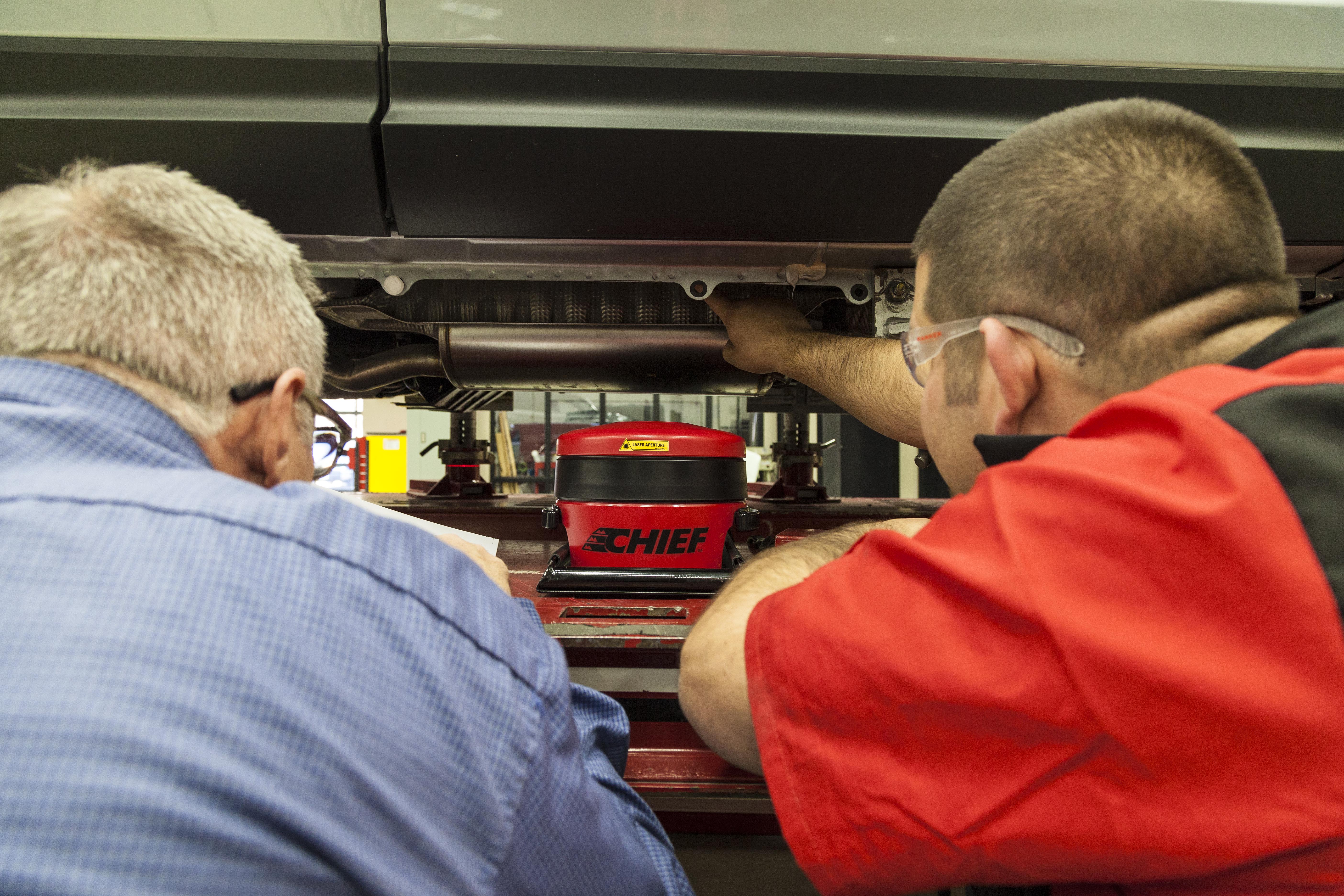
Front-end damage is one of the most common reasons people bring their vehicles to an auto body repair shop. It can be caused by everything from tapping a parking garage wall to a serious head-on collision.
While you may see front-end damage every day, it’s important not to treat every job the same. The extent of damage inflicted during a front-end collision can be wide-ranging and depends on multiple factors. You must consider the repair from all angles.
So you don’t miss any damage during the estimating process, you should start each front-end repair with a thorough evaluation of the vehicle’s body, structure, mechanical components and paint. A complete evaluation is part of a process called “blueprinting,” which auto body repair shops are increasingly using to improve CSI scores, profitability and cycle times.
The Basics of BlueprintingBlueprinting replaces the traditional, visual-based estimate. It requires each vehicle to be measured upfront, so a detailed repair plan can be developed. The plan covers the entire repair process, including scheduling, parts and materials. Since everything is outlined before the repair begins, you don’t lose time conducting supplemental estimates or waiting for parts, and work can be scheduled to avoid bottlenecks.
The EvaluationMany auto body repair shops team an estimator with a technician to perform the vehicle evaluation, while others may use just one of the two. Whatever the job title, the people conducting the evaluation should be thoroughly trained in collision dynamics. Collision dynamics show how the forces involved in a collision travel beyond the point of impact, which is crucial to understanding how the energy from a front-end impact can affect the entire vehicle.
Follow these steps during the evaluation process to ensure you don’t overlook hidden damage created by a front-end impact:
Step 1: Assess body damageBefore taking anything apart, note the condition of the bumper cover, headlights, grille and other plastic front-end body components. If these plastic pieces are cracked, they will likely have to be replaced.
Step 2: Measure the structureToday’s cars and trucks are built to transfer collision forces around the passenger compartment to protect the people inside. That means a front-end impact could affect the vehicle’s entire structure. The only way to find all the damage is to measure the whole vehicle.
This is why it’s important that the technician or estimator uses an advanced measuring system, like
Chief’s Meridian™ Live Mapping™ system. A multipoint system like Meridian can identify any structural components that are out of place, or if there is any diamond or twist damage, by measuring the entire vehicle at one time. At the end of the measuring session, the system creates a structural report that can be used to plan the repair. If the vehicle needs to be loaded on the frame rack to correct any structural damage, the frame rack time can be scheduled in advance to avoid conflicts with other jobs.
Step 3: Test mechanical and electrical componentsThe impact of a front-end collision can damage underhood and suspension components and also dislodge exhaust hangers. Be sure to visually inspect and test these components, as well as the vehicle’s electrical systems, before moving on.
Step 4: Determine what will need paintAny replaced or repaired body parts will likely need to be painted. By taking inventory of all potential paint needs before the repair starts, you’ll be able to schedule paint booth time for maximum shop efficiency.
Once blueprinting becomes routine, your auto body repair shop will run more efficiently, you’ll be able to provide better estimates and your customers will be happier.